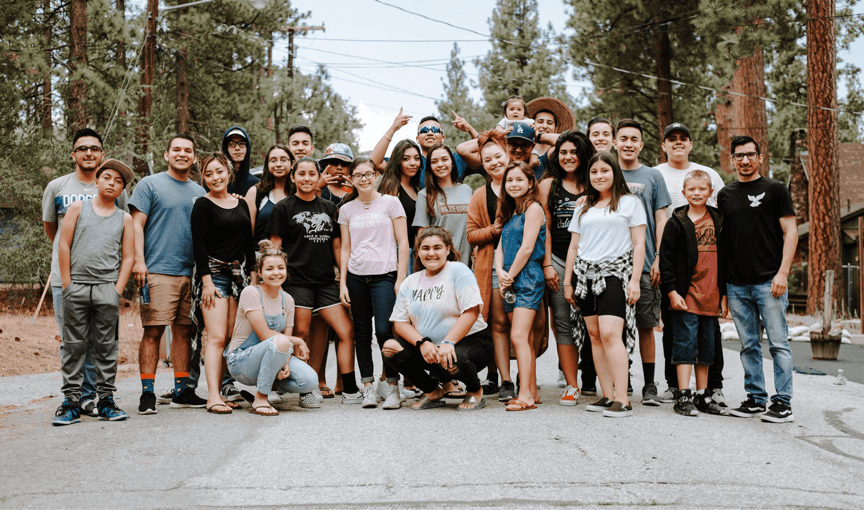We saw the potential to create a space where knowledge and skills could co-exist, a space where technology supports the teachers and doesn't try to replace them. We have designed a learning environment that is engaging and practical. Through progressive teaching and warm technology, we encourage young people to be brilliant owners of knowledge, not just consumers of it.
Lessons are taught through interdisciplinary learning with content that overlaps subject disciplines. We tackle contemporary and challenging concepts such as climate change, knife crime, and future food and explore the 'what if?' alongside the 'what is?'
The impact of our work to date has been transformative with students highly engaged in lessons, working in teams to solve complex problems. Each team has a leader, a scribe, a researcher, and a presenter. The room is equipped with 13 whiteboards fixed to the walls and a motherboard. Teams create their ideas then present them to a captive and critical audience; their peers. The future classroom is being used by our school and other local schools to support teaching, learning, innovation, teacher training, staff development, STEAM Lab, parent engagement, and coaching. We have recently partnered with schools in Ghana and Sweden to teach lessons in real-time to learners via hybrid learning.
To fund phase 1, we reached out to EdTech companies to help sponsor the future classroom. Epson, CatchBox, Gratnells, Biotecture, and SatComs innovation came onboard which allowed us to create an amazing space at no cost to the school. Word spread and press releases helped us share our work whilst connecting us to a global audience of educators and innovators. Shaftesbury School trained 42 of its 62 teachers to use the room and opened the doors to local primary schools and community groups. Projects to date are fully scalable to all contexts and focus on the STEAM disciplines and intergenerational learning. Our work with super concepts has been adapted to other settings locally and now globally. Other teachers are adopting our agile learning styles, thinking teaching methods, and ideas.
Get in touch with Alex More via email at alex.more@shaftesburyschool.co.uk or check out the blog at www.educationalshipsters.com
Check out the YouTube Channel at Mr. More PE or find me on LinkedIn: Alex More, Lead Teacher of Innovation in Teaching & Learning at Shaftesbury School
Follow our journey on Instagram @shaftesbury_school



